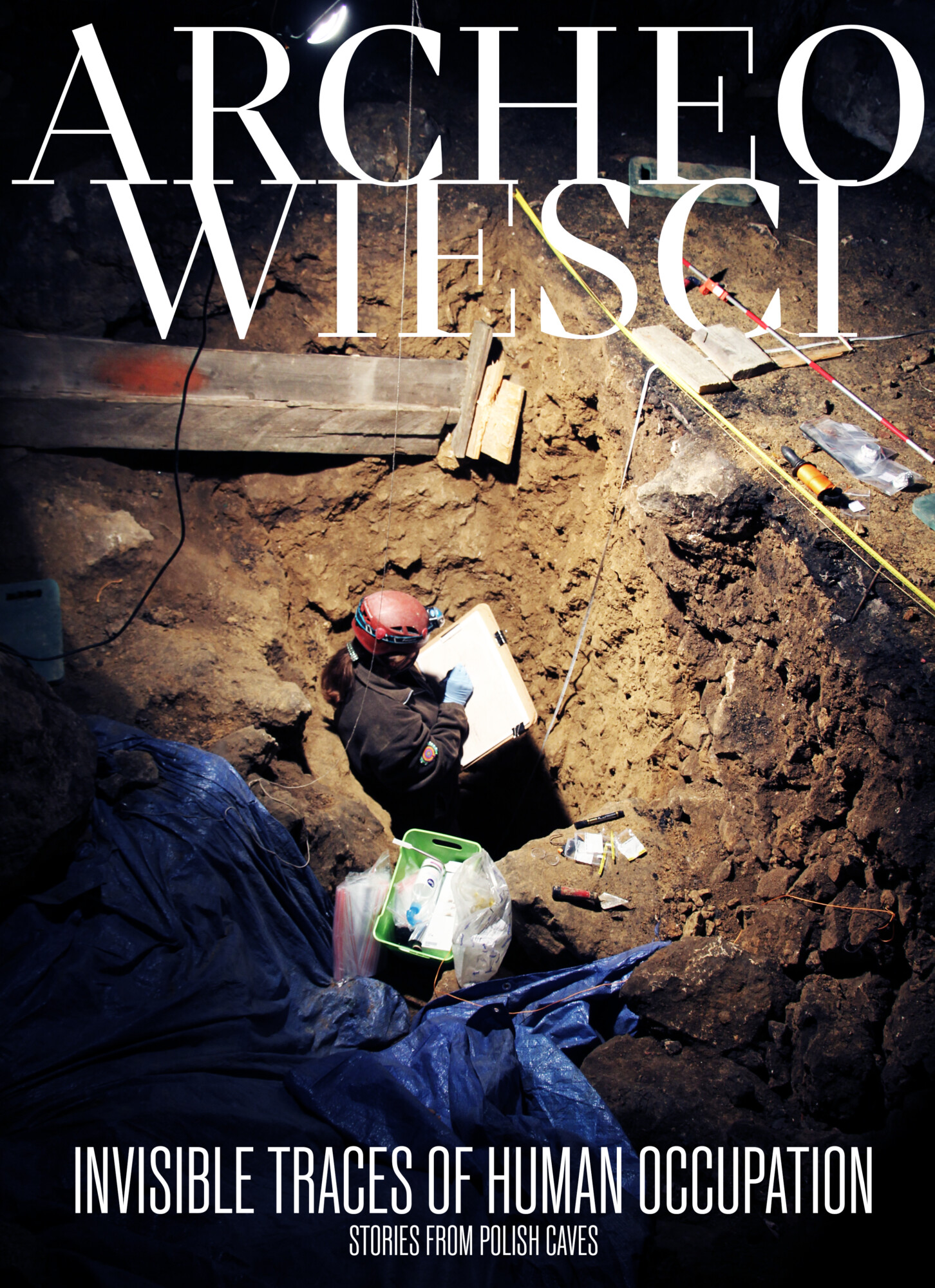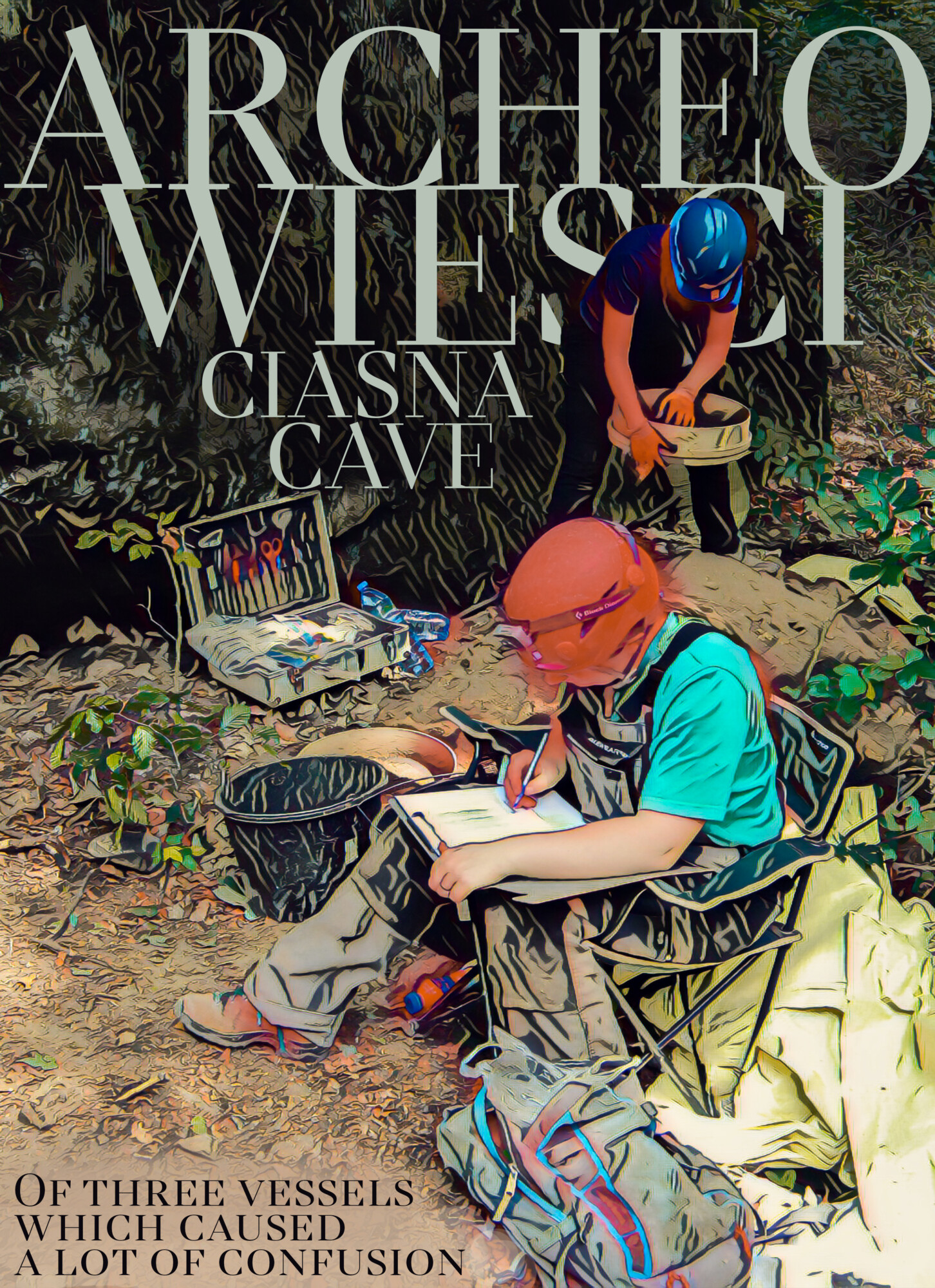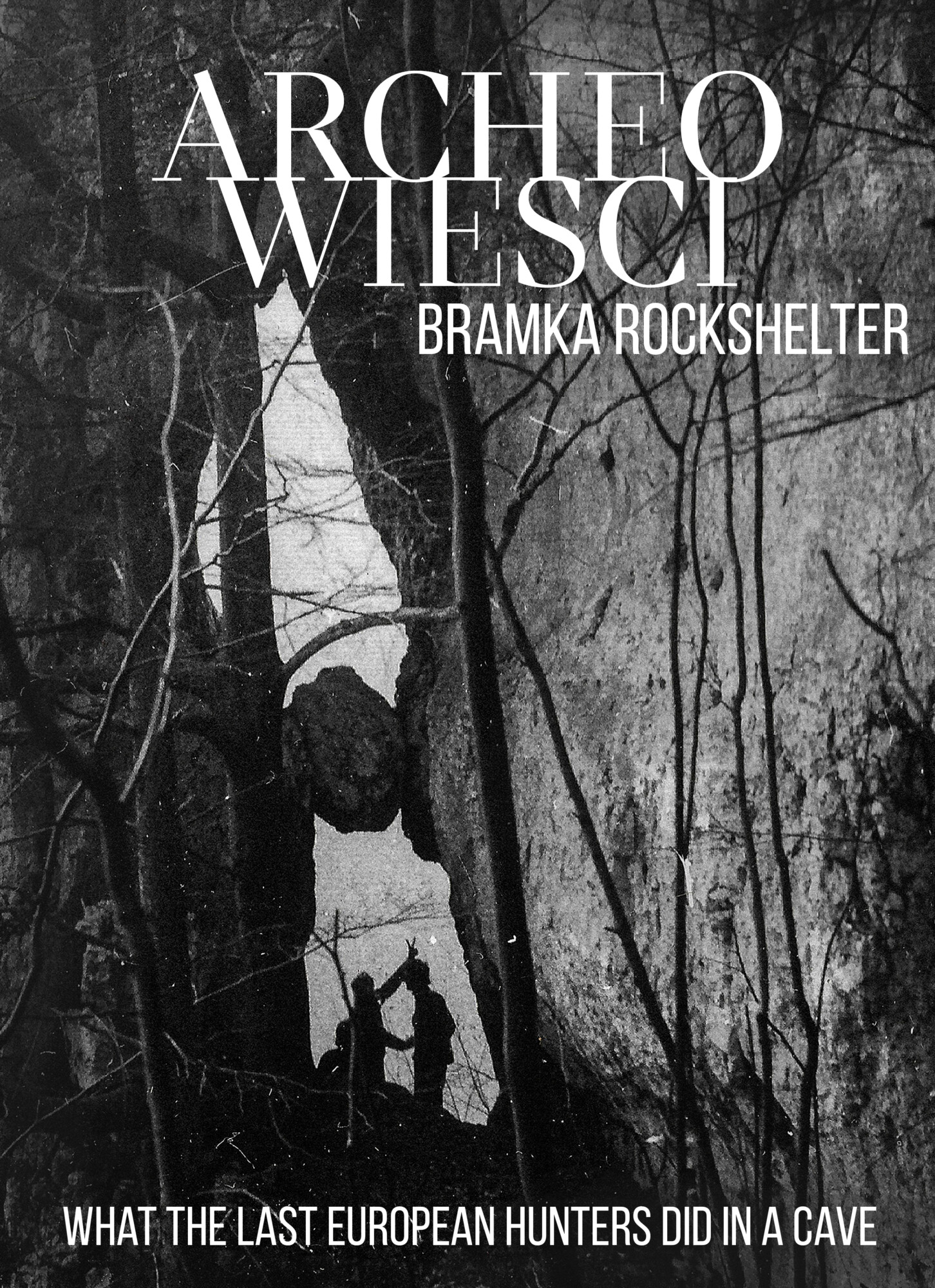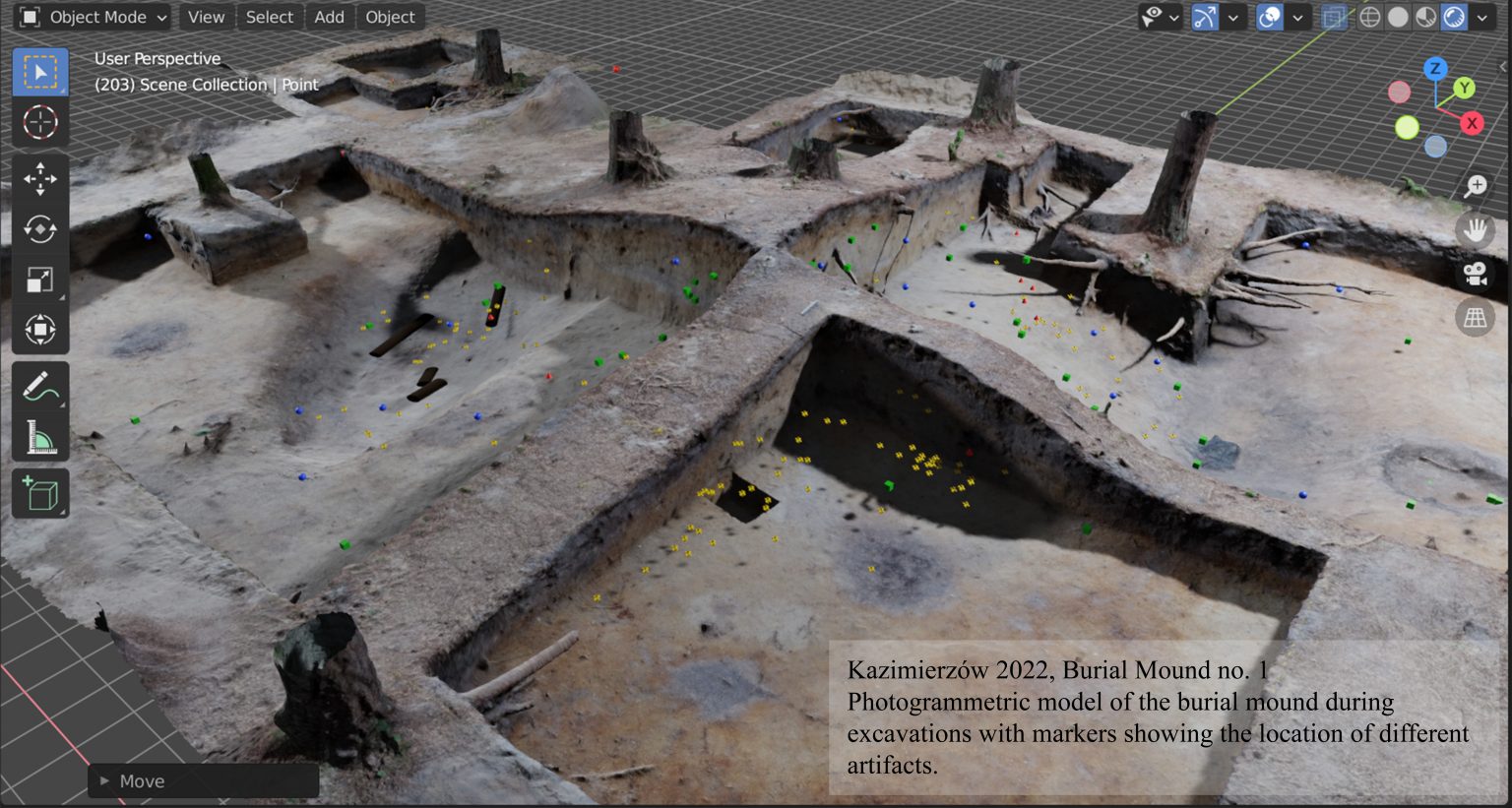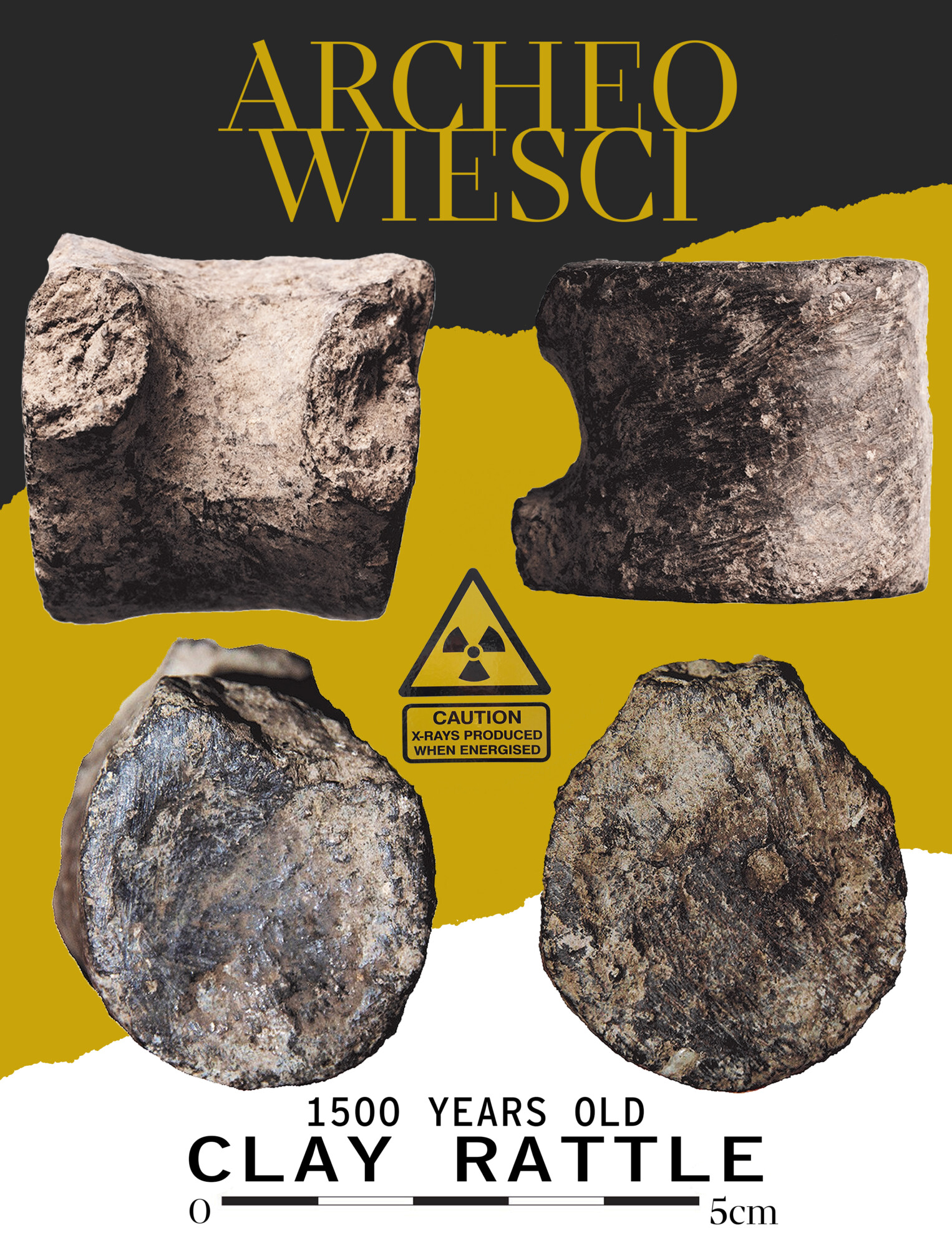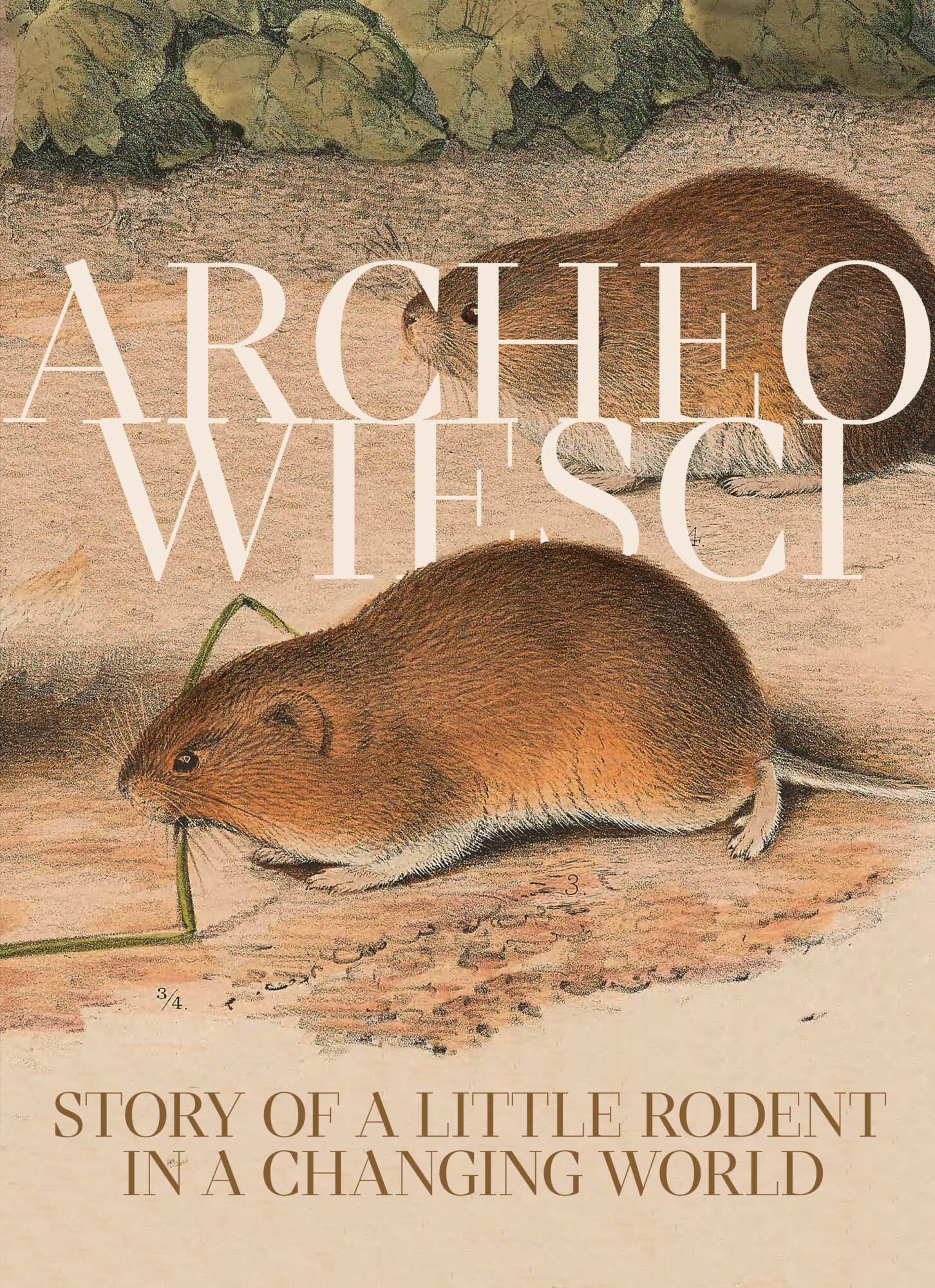
Research on the potential use of common reed in the production of arrows in European prehistory has attracted considerable interest following the discovery of a particular type of object dating back to the late Neolithic period (approximately 4500 years ago), found in the northeastern regions of Poland. Such objects, commonly interpreted as reed arrowshaft straighteners, have encouraged researchers to conduct in-depth analysis investigating the potential use of this raw material in prehistoric archery. To verify the properties of reed stems for arrow production and to understand the motives behind the manufacture and use of the reed arrows, a series of mechanical and experimental analyses were conducted. The results of the research undertaken by scholars from the University of Warsaw, Warsaw University of Life Sciences, and the Polish Academy of Sciences Museum of the Earth have recently been published in the „Archaeometry” journal.
Continue reading “Reed in Prehistoric European archery? Remarkable findings by Polish scientists”

